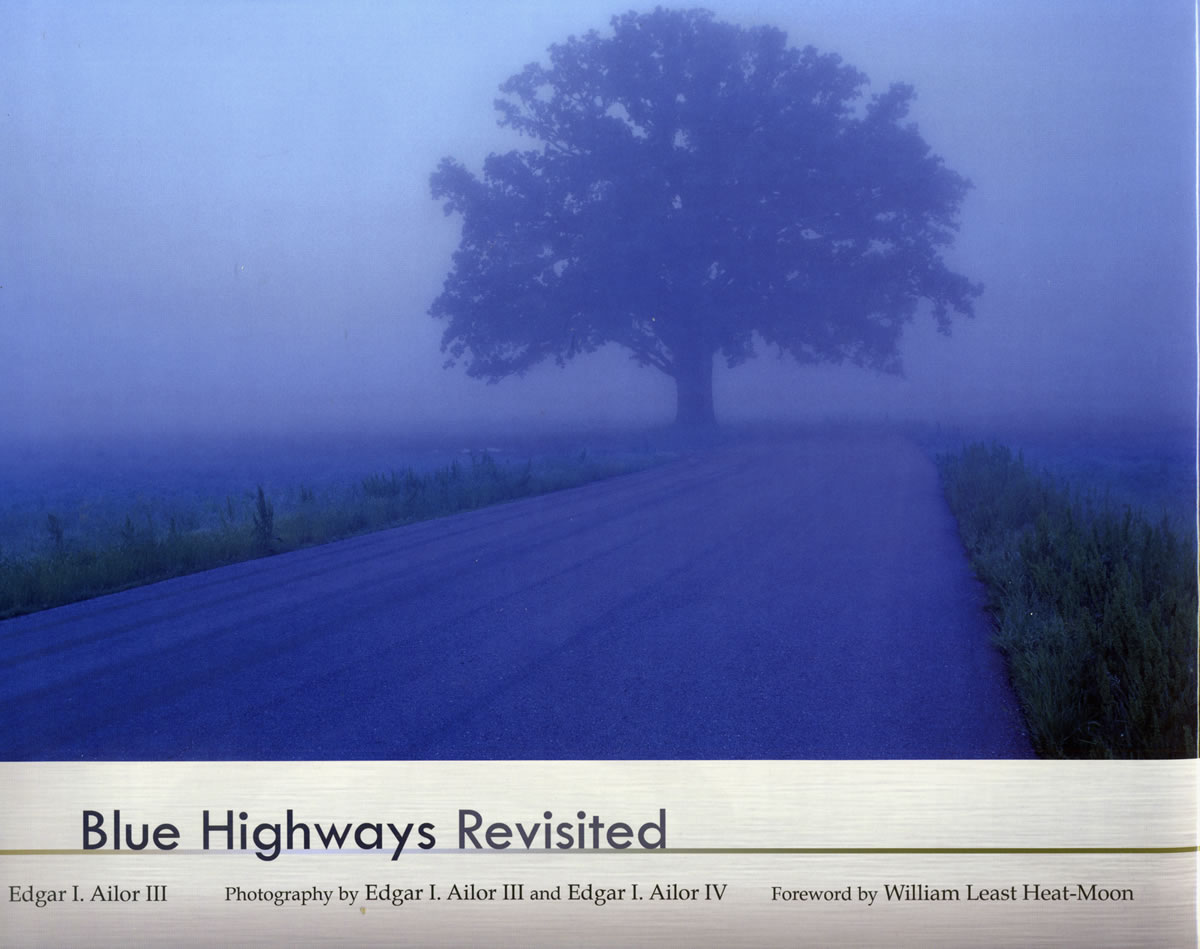What: Clark County Historical Museum’s annual dinner-auction, including special guests “Blue Highways” author William Least Heat-Moon and photographer Edgar I. Ailor III.
When: 5 p.m. May 12.
Where: Summit Grove Lodge, 30810 N.E. Timmen Road, Ridgefield.
Cost: $75 each; $65 for museum members; $390 for table of six. Reserve by May 9,
Information: 360-993-5679 or http://www.cchmuseum.org.
Not long after he drove east through Clark County and out into the Columbia River Gorge, author William Least Heat-Moon had an epiphany. His eye was caught by a curious assemblage of tall stones that “looked like Stonehenge,” so he went for a closer look.
What he discovered was in fact Stonehenge — the faithful scale reproduction that’s perched at a viewpoint overlooking the Gorge at Maryhill. It was built by a starry-eyed railway magnate named Sam Hill in the 1920s to memorialize local casualties of World War I. Heat-Moon was startled to discover, hidden out here in the American West, this monument to ancient builders and the dead — and to the innate human tendency to wander and wonder.
“The people who built the British Stonehenge used it as a time machine whereby starlight — the light of the past — could show them a future of equinoxes, solstices, eclipses,” Heat-Moon wrote. “Across America I had been looking for something similar. An old urge in man. It seemed the journey had led me here.”




